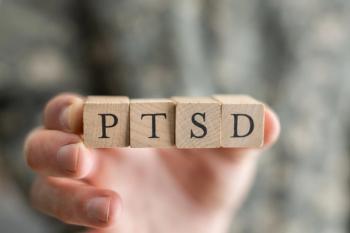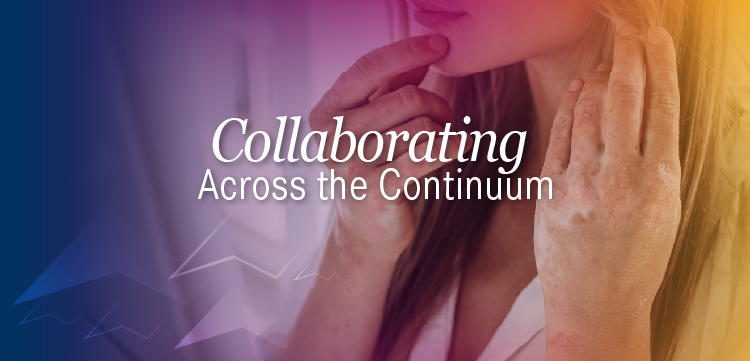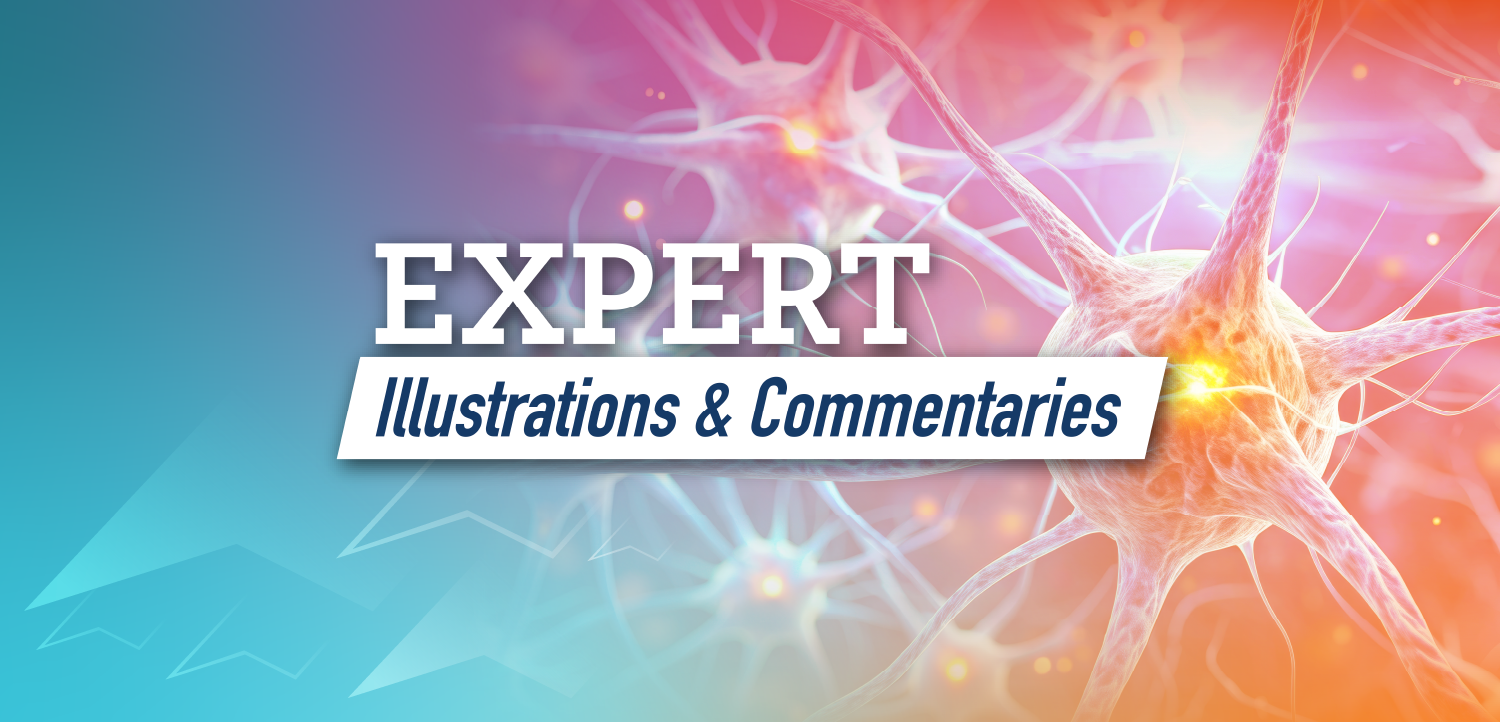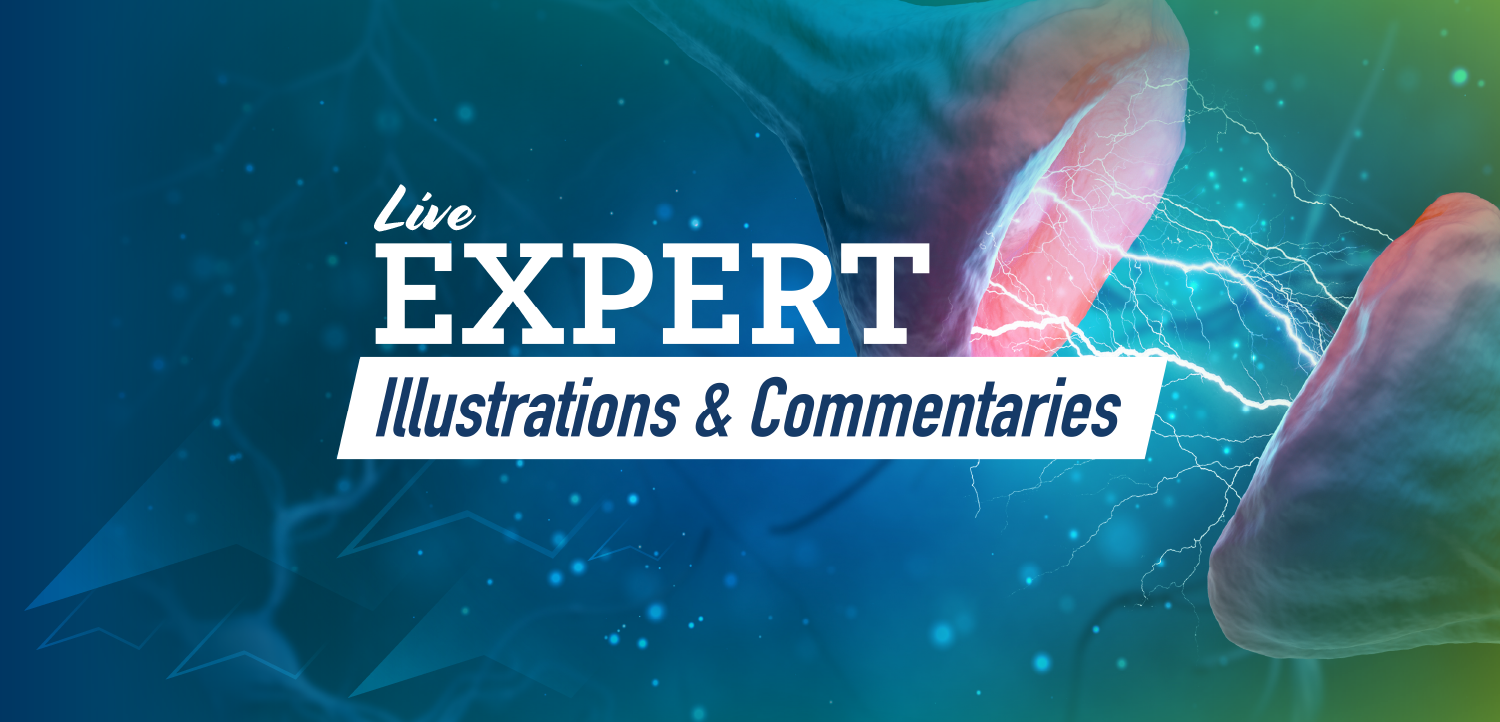
Assessing and Treating PTSD in the Wake of Natural Disasters: Lessons From Katrina to Today
Key Takeaways
- PTSD is a common outcome of natural disasters, with symptoms exacerbated by ongoing stressors like unstable housing and financial loss.
- Early identification and culturally sensitive trauma-informed care are essential for effective management of disaster-related PTSD.
Hurricane Katrina's legacy highlights the urgent need for trauma-informed mental health care in disaster recovery, addressing PTSD and long-term emotional impacts.
In August 2005, Hurricane Katrina devastated the Gulf Coast, displacing over 1 million individuals and resulting in nearly 2000 deaths. The physical destruction was staggering, but for many survivors, the emotional aftermath has proven just as enduring. As we mark the 20th anniversary of Katrina, the recent catastrophic flooding in Texas underscores that these events are no longer rare outliers but increasingly common realities in a warming world. For mental health professionals, the challenge lies not only in addressing immediate psychological distress but also in anticipating and mitigating the long-term mental health consequences that can follow a disaster.
Among the most prevalent and debilitating outcomes is posttraumatic stress disorder (PTSD).The nature of trauma from natural disasters is often complex, marked by rapid onset, uncontrollable exposure, widespread disruption, and mass suffering. Survivors may lose homes, communities, loved ones, and a sense of safety. In the aftermath, clinicians must be equipped to distinguish acute stress responses from evolving PTSD, recognize comorbid conditions, and deliver trauma-informed care that is sensitive to both the individual’s needs and the broader sociocultural context in which healing takes place.
Understanding PTSD in the Context of Natural Disasters
Natural disasters differ from other trauma exposures in that they are typically noninterpersonal and indiscriminate. They affect entire communities, often compounding losses through displacement, financial instability, and social fragmentation. Unlike interpersonal trauma, where the source of threat is usually identifiable and prosecutable, natural disasters leave survivors grappling with a sense of helplessness in the face of an uncontrollable environment.
PTSD can develop in any individual exposed to a traumatic event. Still, certain groups—children, older adults, individuals with prior trauma histories, and those with fewer social or financial resources—face a heightened risk. Research following Hurricane Katrina revealed PTSD prevalence rates as high as 30% in the most severely affected populations.1 These rates were often accompanied by comorbid anxiety, depression, and substance use disorders, complicating treatment and recovery.
Clinically, PTSD manifests in 4 symptom clusters: intrusive reexperiencing (eg, flashbacks, nightmares), avoidance of trauma reminders, negative alterations in cognition and mood (eg, guilt, detachment), and hyperarousal (eg, insomnia, irritability, hypervigilance). In the context of a disaster, these symptoms may be exacerbated by ongoing stressors such as unstable housing, financial loss, and disrupted support networks.2
Moreover, many survivors are hesitant to seek psychiatric care, either due to stigma or because basic needs such as shelter, food, and employment understandably take precedence. Mental health professionals must meet survivors where they are—often in shelters, clinics, or primary care settings—and approach assessment and intervention with compassion, flexibility, and cultural sensitivity.
Case Vignette
“Maria,” a 42-year-old elementary school teacher and mother of 2, was rescued from her home during the recent Texas floods after being trapped for nearly 10 hours. Her house was deemed uninhabitable, and she and her children were relocated to a temporary shelter. Initially, Maria presented as calm and focused on finding housing and enrolling her children in school.However, 6 weeks later, she began experiencing panic attacks during rainstorms, severe insomnia, and emotional detachment from her family.
She reported intrusive memories of the floodwaters rising and described feeling paralyzed by fear when hearing rushing water. She avoided driving near flood-prone areas and described a persistent sense of dread. Screening tools such as the PTSD Checklist for DSM-5 (PCL-5) can help confirm symptom clusters and guide diagnosis.3 Using the PCL-5, her symptoms met criteria for PTSD. Further assessment revealed a prior trauma history involving a car accident and recent job loss—factors likely exacerbating her condition.
This case highlights the delayed onset of symptoms in some individuals and underscores the need for follow-up screening that extends well beyond the immediate aftermath of a disaster. It also illustrates how overlapping stressors can intensify PTSD symptoms and the importance of holistic assessment.
Best Practices in Assessment
Early identification is key, but PTSD should not be diagnosed prematurely. In the days and weeks following a disaster, many individuals will experience acute stress reactions that are expected and self-limiting. However, when symptoms persist beyond 1 month and begin to impair functioning, a diagnosis of PTSD should be considered. Structured screening within weeks of the disaster can help identify those at risk for chronic PTSD. Tools such as the PCL-5 and the Impact of Event Scale-Revised (IES-R) are validated for post-disaster contexts.3
Recommended screening tools include:
- PCL-5: A 20-item self-report tool aligned with DSM-5 criteria.
- IES-R: A 22-item measure of subjective distress caused by traumatic events.
- Acute Stress Disorder Scale: Useful in the early weeks to identify those at higher risk for PTSD.
Assessment should go beyond symptom checklists to include psychosocial evaluation.Questions should explore the individual's support system, living situation, trauma history, access to healthcare, and ongoing stressors. Particularly in marginalized or resource-limited populations, the trauma of the disaster is rarely an isolated event.4
Evidence-Based Treatment Approaches
- 1. Trauma-focused psychotherapies
- Cognitive processing therapy helps patients challenge and modify distorted beliefs related to the trauma.
- Prolonged exposure therapy guides individuals through safe, gradual exposure to trauma memories and avoided situations.
- Eye movement desensitization and reprocessing has demonstrated efficacy in reducing PTSD symptoms in disaster-affected populations, as it facilitates the processing of traumatic memories using bilateral stimulation.
These treatments have shown efficacy in disaster-exposed populations when delivered in both individual and group formats, often requiring adaptation to cultural and contextual needs.5-6
2. Pharmacotherapy
- Selective serotonin reuptake inhibitors such as sertraline and paroxetine remain approved treatments for PTSD by the US Food and Drug Administration and are effective for addressing comorbid anxiety and depressive symptoms.7 These are particularly helpful when psychotherapy is not immediately available.
- Prazosin can be beneficial for treating trauma-related nightmares and improving sleep, though recent studies suggest variable efficacy and therefore its benefits may be more modest than previously thought.8
3. Community and group interventions
- Psychological first aid focuses on stabilizing and supporting survivors in the immediate aftermath without pathologizing normal stress reactions.9
- Skills for psychological recovery helps individuals build coping skills and reestablish a sense of control.
Both are structured, evidence-informed interventions that provide immediate and scalable mental health support following a disaster. Delivering care in group or community settings may increase access, reduce stigma, improve engagement, and provide survivors with the healing benefit of shared experience.10
Clinical Pearls
- Normalize the stress response: Many survivors fear that their reactions signal personal weakness. Early psychoeducation about trauma responses can reduce shame and encourage help-seeking.
- Look beyond symptoms: Evaluate environmental stressors, grief, and social disconnection as part of the trauma picture.
- Prioritize flexibility: Telepsychiatry, walk-in clinics, and integration with primary care are essential for increasing access.
- Timing matters: PTSD can become more difficult to treat over time. Encourage early engagement, even if full symptoms have not yet developed. Immediate post-disaster interventions should prioritize stabilization and support, reserving intensive trauma-focused therapies for those with persistent symptoms beyond the acute phase.
- Cultural competence: Treatment approaches should be adapted to respect cultural beliefs and coping mechanisms within affected communities.
- Long-term monitoring: PTSD symptoms can emerge or worsen months after the disaster, necessitating ongoing surveillance and follow-up.
Concluding Thoughts
Natural disasters are, unfortunately, becoming more frequent and more destructive. In 2024, NOAA reported 27 weather/climate disaster events with losses exceeding $1 billion in the United States. While physical damage is often front page news, the psychological toll can be quieter, deeper, and more lasting. The trauma of Hurricane Katrina continues to reverberate 2 decades later, both in the lives of survivors and in the lessons it taught the mental health field.There is a growing need for scalable, telehealth-based interventions that can provide timely mental health support.
As we respond to the Texas floods and prepare for future crises, we must prioritize trauma-informed mental healthcare at every stage of disaster response and recovery. This means embedding screening into emergency response systems, funding community-based mental health efforts, and training providers to recognize and respond to disaster-related PTSD with empathy and expertise. Integrating mental health services within disaster response frameworks can ultimately mitigate the psychological fallout and promote resilience.
As psychiatrists, we are tasked not only with treating trauma but also with advocating for accessible, evidence-based care for disaster survivors. Our role is ever more crucial in ensuring that mental health remains a core component of disaster recovery efforts. Healing after a disaster can be a slow and challenging process. Still, with evidence-based tools, cultural humility, and a long-term commitment, we can help survivors not only recover but also grow.
Dr Khan is a board-certified child, adolescent, and adult psychiatrist with Mindpath Health.
References
1. Galea S, Nandi A, Vlahov D.
2. North CS, Pfefferbaum B.
3. Weathers FW, Litz BT, Keane TM, et al. The PTSD checklist for DSM-5 (PCL-5). National Center for PTSD. 2013. Accessed August 5, 2025.
4. Koenen KC, Ratanatharathorn A, Ng L, et al.
5. Resick PA, Monson CM, Chard KM. Cognitive Processing Therapy for PTSD: A Comprehensive Manual. The Guilford Press; 2016.
6. Shapiro F. Eye Movement Desensitization and Reprocessing (EMDR) Therapy: Basic Principles, Protocols, and Procedures. 3rd ed. The Guilford Press; 2017.
7. Davidson JRT, Connor KM, Tucker P.
8. Raskind MA, Peskind ER, Chow B, et al.
9. Brymer MJ, Jacobs A, Layne CM, et al. Psychological First Aid: Field Operations Guide. 2nd ed. National Child Traumatic Stress Network; 2006.
10. Pfefferbaum B, Sweeton JL, Newman E, et al. Child disaster mental health interventions, part I: techniques, outcomes, and methodological considerations. Disaster Health. 2014;2(1):46-57.
Newsletter
Receive trusted psychiatric news, expert analysis, and clinical insights — subscribe today to support your practice and your patients.

















